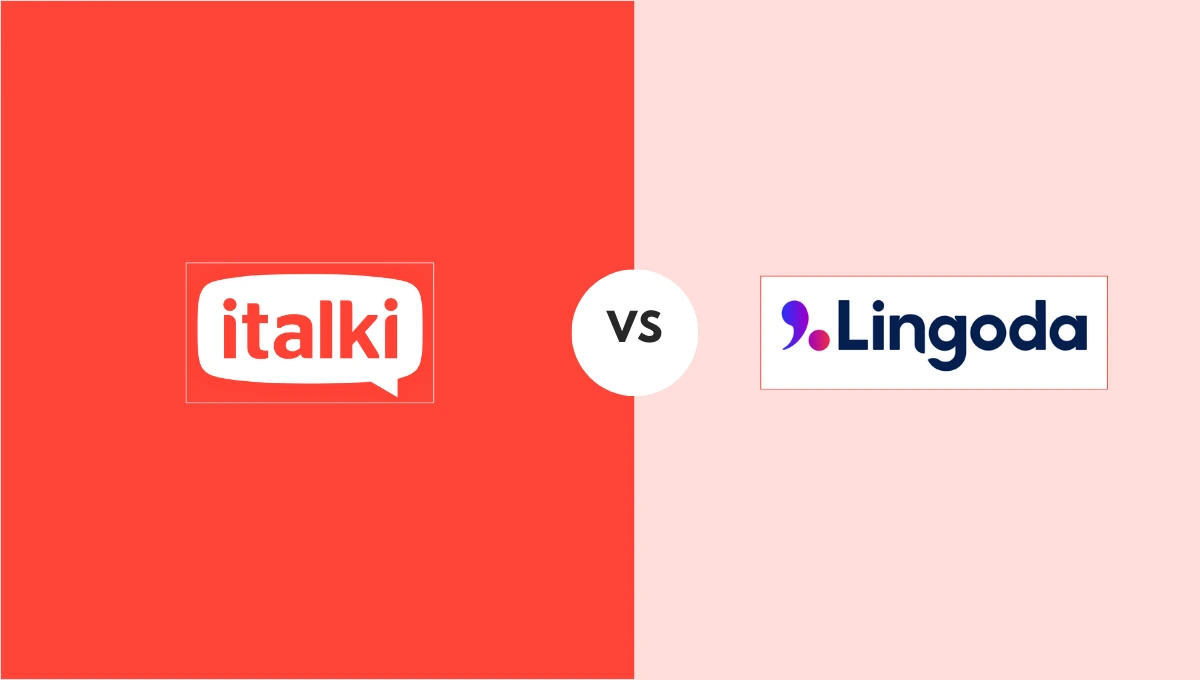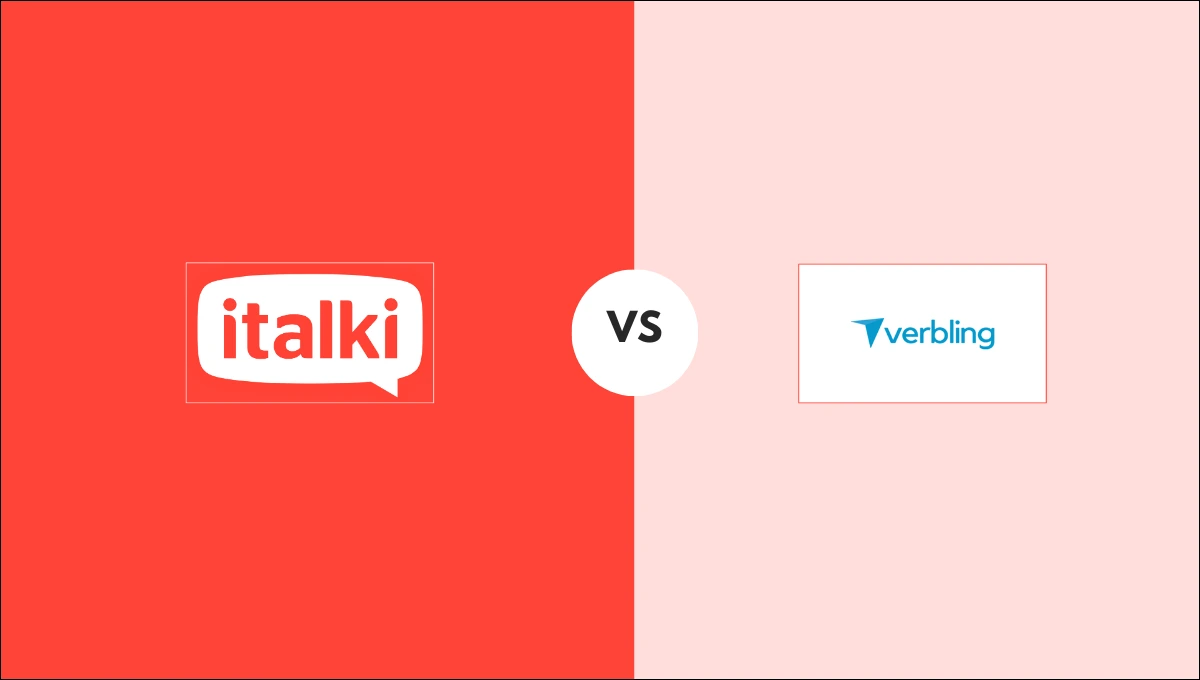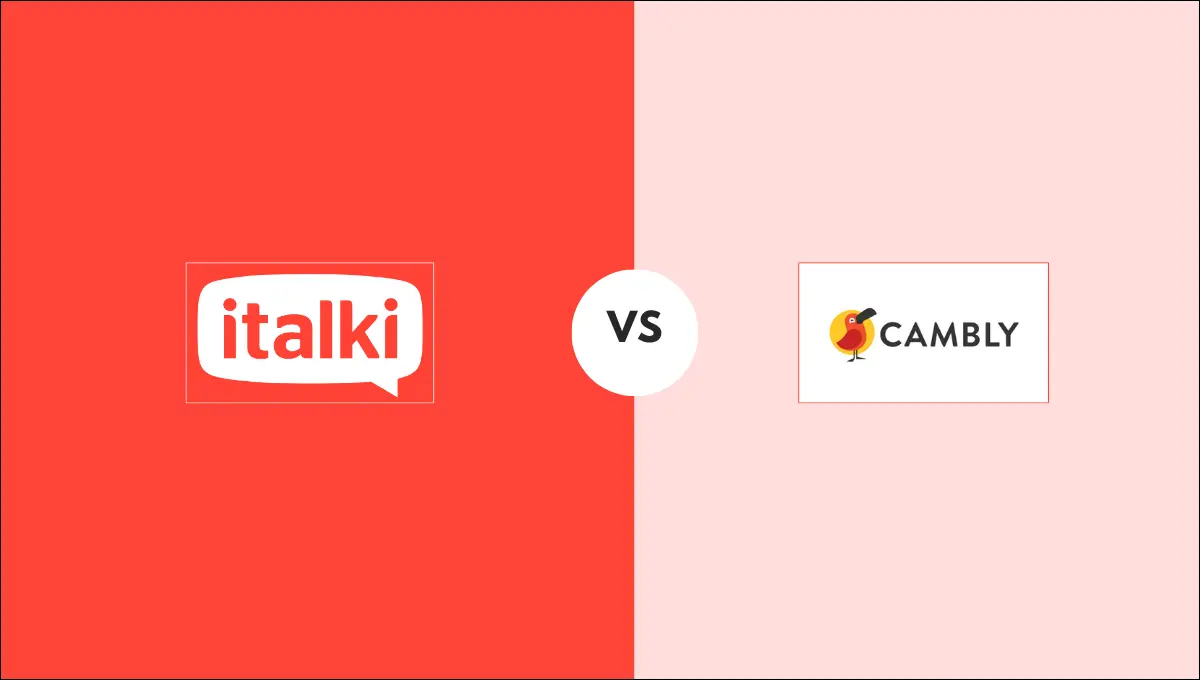The French flag, known as “Le Tricolore,” is one of the most recognizable national flags in the world. With its three vertical bands of blue, white, and red, the flag embodies the rich history and deep values of the French Republic.

Each color holds significant meaning, rooted in the nation’s past and reflecting the principles that continue to guide France today. This detailed guide will highlight the origins, symbolism, and evolution of the French flag colors, offering a comprehensive understanding of their significance.
Highlighting the significance and relevance of the French flag colors
Let’s look at the historical origin, evolution, and adoption of the French flag in detail:
The Historical Origin of the Tricolore
The current design of the French flag dates back to the French Revolution, a period of radical social and political upheaval that began in 1789. Before this, various flags and banners represented the kingdom of France, including those bearing the fleurs-de-lis, a symbol associated with French royalty.
The revolution sought to coup the monarchy and establish a republic based on liberty, equality, and fraternity. This transformative period gave birth to the tricolor flag, symbolizing the nation’s new ideals.
The colors of the French flag—blue, white, and red—were first used together during the revolution. They were inspired by the cockades, circular rosettes worn by revolutionaries to show their allegiance. Initially, these cockades were made up of blue and red, the traditional colors of Paris. White, the color associated with the monarchy and the House of Bourbon, was added to symbolize national unity and the merging of revolutionary and royalist elements.
Symbolism of the colors
Blue
Blue is often associated with Saint Martin, the patron saint of soldiers, who was famous for his act of dividing his blue cloak to share with a beggar. Over time, blue became associated with the French people and their identity.
In the context of the flag, blue represents liberty, one of the fundamental values of the republic. It symbolizes the sky and the seas, emphasizing freedom and openness.
White
White has a long-standing association with the French monarchy. Historically, it was the color of the Bourbon dynasty and the French kings. By incorporating white into the flag, the revolutionaries aimed to signify the continuity and unity of the nation, even as they wanted to disassemble the old regime.
In the tricolor, white represents equality, a core principle of revolutionary philosophy. It also stands for peace and honesty, reflecting the aspirations of a just society.
Red
Red is deeply linked with the bloodshed and sacrifices made during the French Revolution. It represents the valor and bravery of those who fought for the republic’s ideals.
Red also symbolizes fraternity, the bond of brotherhood among the French people. Additionally, it echoes the traditional color of Paris and the willingness to defend the city and the nation at all costs.

Evolution and adoption of the flag
The French tricolor was officially adopted by the National Convention on February 15, 1794. The arrangement of the colors has remained consistent, with blue positioned nearest to the flagpole, followed by white in the center and red on the outer edge. This design choice underlines the importance of liberty as the foundational value, supporting equality and fraternity.
Over the centuries, the flag has undergone periods of suppression and reinstatement, particularly during the Napoleonic era and the Bourbon Restoration. Despite these fluctuations, the tricolor symbolized the republic’s enduring spirit. It was fully restored and has been the national flag of France since the Third Republic was established in 1870.
The Tricolore in French culture and beyond
Beyond its political significance, the tricolor flag has become integral to French culture. It is prominently displayed during national celebrations such as Bastille Day on July 14th, which commemorates the storming of the Bastille prison, a key event in the revolution. The flag is also featured in various public and private events, from sports matches to state ceremonies, representing national pride and unity.
The influence of the French tricolor extends beyond France’s borders. It has inspired other nations seeking to embody similar principles of liberty, equality, and fraternity in their own flags. Countries like Italy and Ireland have adopted tricolors reflecting national identities and aspirations.

Current Reflections on the Tricolor
In modern France, the tricolor continues to evoke strong feelings of patriotism and identity. It reminds us of the struggles and achievements that have shaped the nation. The values represented by the flag are deeply embedded in French society and politics, influencing contemporary debates and policies.
However, the tricolor is not without its controversies. As France grapples with issues of immigration, secularism, and social justice, the flag is sometimes a focal point for conflicting interpretations of national identity. Some view it as a unifying symbol that encompasses all citizens. In contrast, others see it as representing a particular historical narrative that may not fully include France’s diverse population.
French learners often inquire about what language is spoken in Belgium and how long it takes to learn French. Every learner wants to reach fluency quickly but if you don’t follow the right strategies you will end up wasting your time and efforts.
Many people prefer learning French with podcasts. Podcasts include native speakers, and listening to them can enhance one’s French vocabulary and pronunciation.
In addition to podcasts and French media, it is highly recommended that French learners get professional and qualified French-speaking tutors through italki. This platform has successfully trained thousands of language learners. The engaging online sessions at italki can help learners start learning French right from scratch.
Master the French language with italki
This platform has some outstanding features that allow learners to master their desired language from the comfort of their own homes.
Individualized learning sessions: Learning French online becomes incredibly simple when lesson plans are tailored to the requirements and learning objectives. italki offers individualized lessons to help you learn French online. Following these sessions, you’ll better understand your learning objectives and goals.
Expert French instructors: The majority of italki teachers are native French speakers. You can choose an online French teacher from a list of qualified and experienced educators who offer detailed French lessons tailored to your preferred learning schedule and budget. Each of these teachers will provide you with personalized French lessons based on your specific needs.

Find Your Perfect Teacher
At italki, you can find your French tutor from all qualified and experienced teachers. Now experience the excellent language learning journey!
Book a trial lesson
Conversational learning sessions: Conversational sessions will involve extensive interaction with italki’s conversational French tutors. The conversational learning method makes learning exciting and enjoyable. You can select the most appropriate learning format for your goals and objectives.
Is there anything more satisfying than learning French at your own pace and convenience? This innovative platform enables you to be as adaptable as possible while respecting people’s hectic schedules. Book your lessons to learn French quickly.

The enrollment process at italki
- Set up an italki profile. Fill in the blanks with your preferred learning style, objectives, and goals.
- Search for French tutors. Examine their profiles to determine which one best meets your requirements.
- Plan for a trial lesson to assess their learning style. You can schedule a trial lesson at a reduced rate to evaluate the overall learning experience.
- Determine your goals for learning French. After determining your goals, work with your French tutor to develop a learning plan. To establish a consistent learning routine, we recommend choosing a regular session.
- Work on your French with your teacher. Improve your fluency by engaging in real-life scenarios.
- Make use of all additional learning resources. The practice exercises, textbooks, and recommended videos are all excellent resources for learning French quickly.
- Consider the tutor’s feedback. Examine your mistakes and seek ways to improve your speaking and writing skills.
- Keep a record of your progress. It is crucial to maintain the motivation required to learn a second language.
Frequently asked questions
What are the colors of the French flag?
The French flag consists of three vertical bands blue, white, and red.
What do the colors of the French flag represent?
Blue symbolizes liberty and is associated with the people of France. White represents equality and is traditionally linked to the monarchy and peace. Red stands for fraternity and symbolizes the valor and bloodshed of those who fought for freedom during the French Revolution.
Has the French flag always looked the same?
While the tricolor design has been consistent since its adoption, there were periods, particularly during the Napoleonic era and the Bourbon Restoration, when the flag was suppressed or modified. However, it has remained the official flag of France since the establishment of the Third Republic in 1870.
Conclusion
Each color on the flag carries deep historical and cultural significance, reflecting the principles of liberty, equality, and fraternity that continue to guide the French Republic. In understanding the French flag, one gains insight into the broader narrative of France itself.
To master the French language, book online lessons with italki. Native French tutors are available at affordable price range. Visit the website today!
Want to learn a language at italki?
Here are the best resources for you!



















